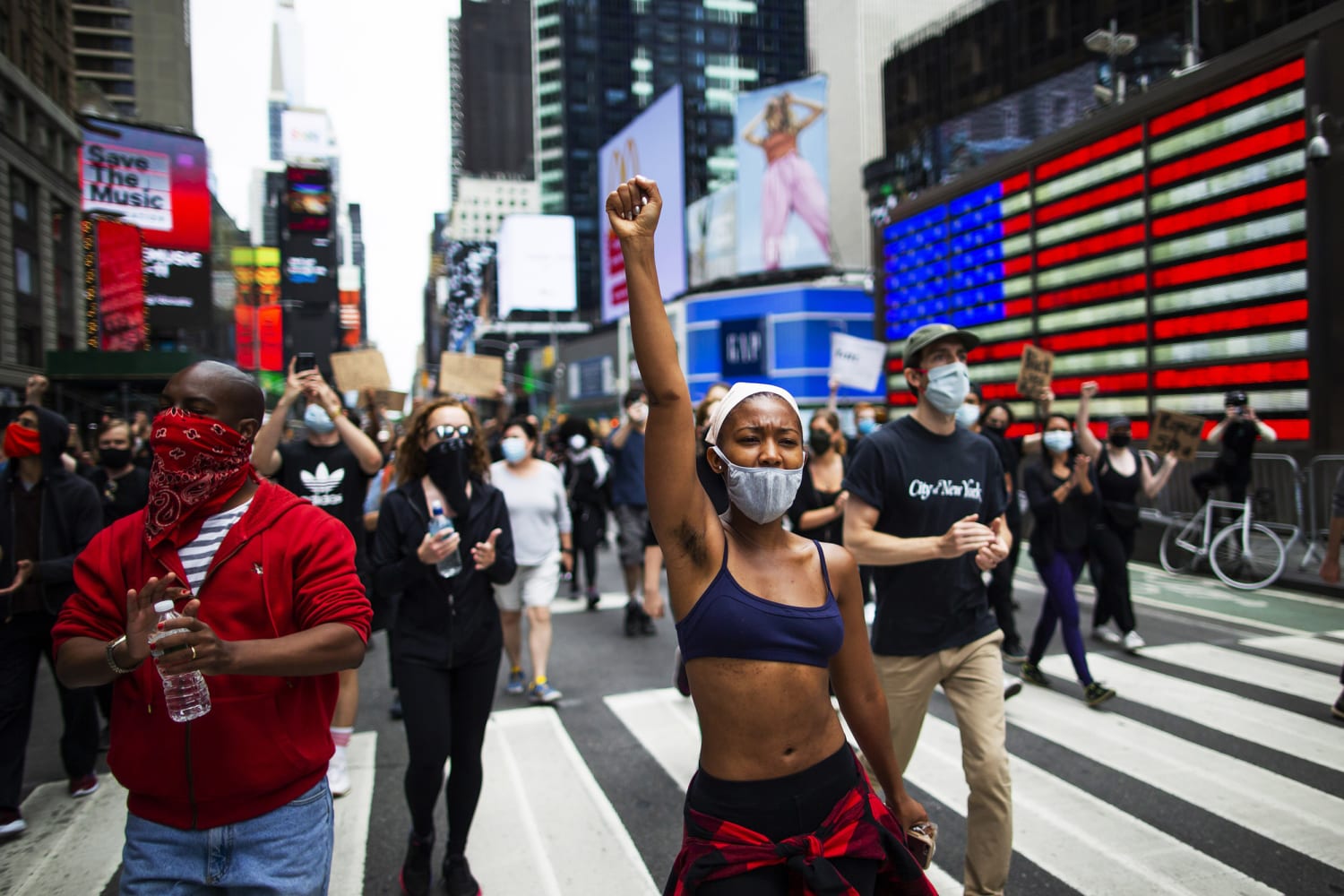A watchdog report finding that the New York Police Department “lacked a clearly defined strategy” and used excessive force during the summer’s George Floyd protests was an early step in the right direction, criminal justice experts said, but they offered sobering thoughts on what would have to happen next for there to be meaningful change.
The 111-page report, released Friday by New York City’s Department of Investigation, said there were systemic failures in the NYPD response during the protests against the killing of Floyd by Minneapolis police that “went beyond poor judgment or misconduct by some individual officers.” It also offered a series of policy recommendations for the department.
Police Commissioner Dermot Shea has thanked the Department of Investigation for “20 logical and thoughtful recommendations that I intend to incorporate into our future policy and training.”
But experts said lasting change would take longer and more than policy updates.
“Culture eats policy for breakfast, so there are a lot of things that have to happen for a police agency to change,” said Seth Stoughton, a law professor at the University of South Carolina.
“Policy is important and having written policies is important, but that’s like Step One, that’s low-hanging fruit,” said Stoughton, who studies policing and is a former officer himself. “The agency has to communicate across the entire chain of command why a particular change is being made.”
Nancy La Vigne, the executive director of the Council on Criminal Justice’s Task Force on Policing, said the report looked “really thorough and well researched and highly prescriptive.”
“What remains to be known is the degree to which these prescriptions are adopted into policy and practice, that’s where often things can fall apart,” she said. “You can release all the reports you want, but if you don’t change the underlying structure or create incentives or really have accountability that is meaningful to a law enforcement agency, it’s hard to promote the change you want .”
The report found the “department itself made a number of key errors or omissions that likely escalated tensions, and certainly contributed to both the perception and the reality that the department was suppressing rather than facilitating lawful First Amendment assembly and expression.”
It found the NYPD “lacked a clearly defined strategy tailored to respond to the large-scale protests of police and policing” and did not deploy enough officers in the initial days of the protests.
It also found some of the department’s crowd-control tactics and use of force, such as mass arrests, batons and pepper spray, encircling protesters and other tactics “reflected a failure to calibrate an appropriate balance between valid public safety or officer safety interests and the rights of protesters to assemble and express their views.”
“NYPD use of force and crowd control tactics often failed to discriminate between lawful, peaceful protesters and unlawful actors, and contributed to the perception that officers were exercising force in some cases beyond what was necessary under the circumstances,” the report found.
In fact, the report said, aside from informing evidence gathering, “the fact that the target of the protests was policing itself does not appear to have factored into the Department’s response strategy in any meaningful way.”
It also found the police oversight “would be strengthened if existing functions were consolidated into a single agency, headed by an independent board,” as opposed to the city’s setup of three agencies that conduct oversight of the department.
Stoughton said policing massive protests can be difficult because so many things can go wrong. He said he felt the report did a fairly good job of “threading the needle between explaining the context and why police response to protest situations are challenging while also very honestly and directly identifying agency failures.”
“Context is really important in protests,” he said. “I totally agree with this report that there was a strategic failure here.”
“It’s not enough today for police agencies to just have a crowd control or riot response plan, but to have a peaceful protest strategy,” he added.
The summer saw thousands of people in a nationwide movement protesting the killing of Floyd and Breonna Taylor, a Black woman killed in a botched raid in her home by white officers.
“Anyone who is paying attention could have seen this,” Stoughton said, following previous years of massive protests against the killing of men and women of color at the hands of police.
“The strategy has to be more nuanced, what shocked me not just about New York but agencies around the country, this was very predictable,” he said.
Source: | This article originally belongs to Nbcnews.com










